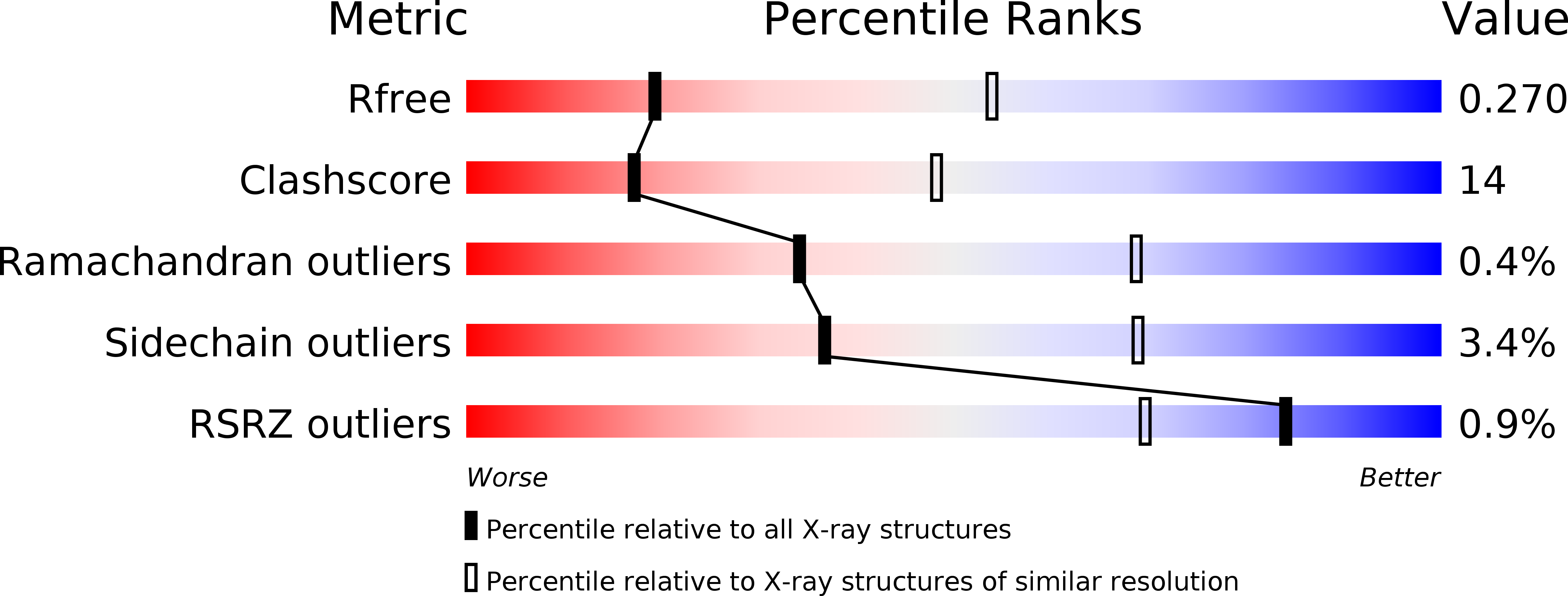
Deposition Date
2011-10-05
Release Date
2012-10-24
Last Version Date
2023-09-13
Entry Detail
PDB ID:
3U3F
Keywords:
Title:
Structural basis for the interaction of Pyk2 PAT domain with paxillin LD motifs
Biological Source:
Source Organism:
Homo sapiens (Taxon ID: 9606)
Host Organism:
Method Details:
Experimental Method:
Resolution:
3.10 Å
R-Value Free:
0.26
R-Value Work:
0.21
R-Value Observed:
0.22
Space Group:
P 21 21 21


